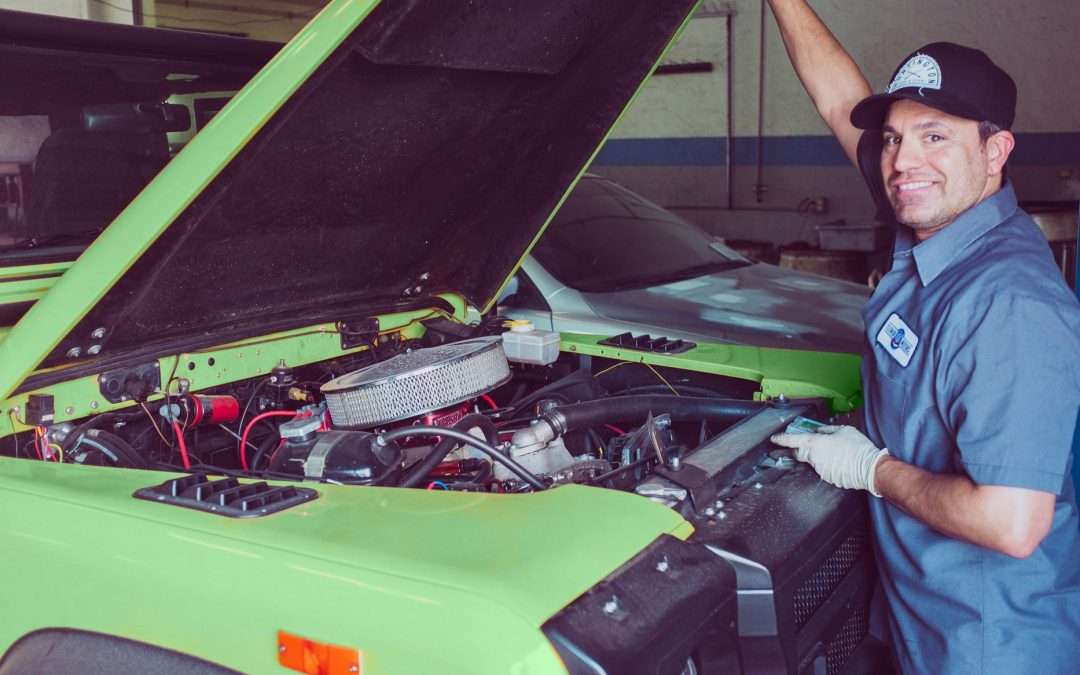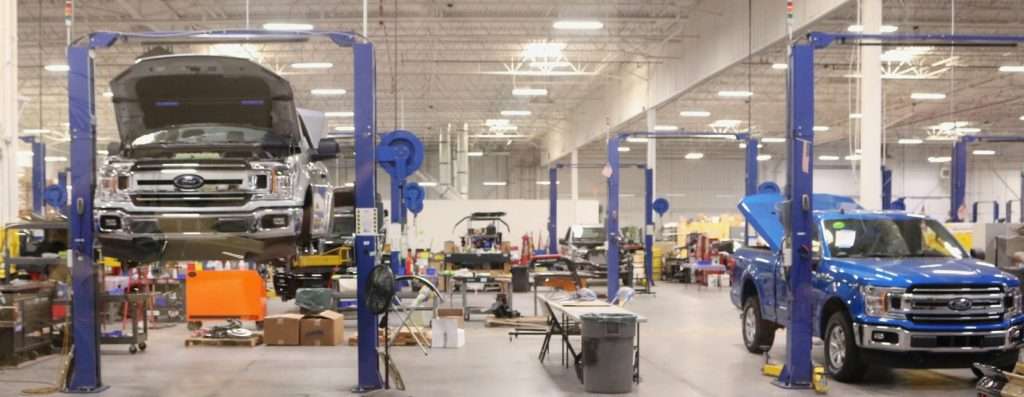Going off-roading takes power and knowledge because it is tough on the vehicle. To tackle rough terrain, you need the correct interior and exterior parts in the car. You also need awareness of the proper safety precautions and legal obligations if something goes wrong. Off-road enthusiasts frequently strain their rigs to the limit, stressing even bolstered aftermarket parts.
After an off-roading expedition, you must restore your vehicle to its original power and performance.
Even if you only utilize these roads occasionally, you should develop the habit of doing routine maintenance checks after each off-road journey because exposure to mud, water, dust, and grime accelerates the wear and tear on parts.
Regular maintenance is essential because it prevents breakdowns while cruising on the highway and the trail.
An additional advantage of performing routine inspections and maintenance on your own is that you become more familiar with your vehicle. So, you know how to better deal with any issues that may crop up when you are on a trail adventure.
In that spirit, we will examine the basics of off-road maintenance.
Cleaning Your Vehicle
You should always clean your vehicle after an off-roading excursion. Wash and vacuum it to prevent dirt and grime from accumulating. If you do not remove this material right away, it could impact your tires and how you drive. One area that is particularly vulnerable if ignored is the undercarriage.
To clean this, raise the hood and spray the engine compartment with water. Washing removes filth and can expose other problems that could otherwise go undiscovered. Complete this task first before working on the other tasks.
Check Tires
All-terrain tires are ideal for driving on gravel, mud, sand, dirt, and snow, among other surfaces. However, this implies that your tires will cake with whatever substance they tread on the trail.
So, make sure your tires are in good condition by checking the tread to see if they need replacement. Similarly, make frequent tire pressure checks.
Reducing your tire’s PSI when off-roading is normal to grip uneven terrain better. This is advantageous on the trail but ineffective for driving on the road. Also, look for severe cuts, bead locks, loose lug nuts, and missing lugs.
Check the spare tire carrier for indications of stress along the weld lines.
Differential and Transmission Check
Wheel pairs can revolve at different speeds, thanks to the differentials. Inspect for damage or leaks in the differentials and transmission.
Often, off-roaders use heavy-duty coverings on their differentials. While a differential cover can be helpful, it only provides a modest protecting edge that is still susceptible to dents and leaks.
Water fording involves risks of its own. If the color of your transmission fluid is milky white, it may be contaminated with water; you need to change it immediately.
Check Shocks, Brakes, and Axles
Examine your shocks for any damage, including deep dents or leaks, especially the bushings and mounts. Always secure your vehicle to the ground before tightening or adjusting your shocks.
Also, look for mud, sand, or dirt coating on your brake drums. Check your brake lines if you frequently go off-road; they can become worn out from overuse or frequent use. It can cause unforeseen problems with the braking system.
Although larger tires are necessary for scaling over obstacles, their stub shafts, knuckles, and ball joints are subject to heavy force and are prone to bending or cracking. Jack up your vehicle and inspect your wheels for signs of looseness and wobbling. It might point to an issue with the axles.
Suspension and Steering
Look for wear or damage on suspension parts, including the springs, control arms, bump stops, and track bar. Check for any indications of friction or rubbing components.
With the vehicle parked, emergency brake engaged and level, inspect underneath for damage to the steering and suspension.
Fix any unsecured nuts and bolts. The sector shaft and other parts should be in order before mounting the steering box to the frame.
Grease and Vehicle Fluids
It is essential to grease your vehicle to prevent wear, grinding, and damage. Ensure you refill all the fluids in your car. It includes the engine oil, transmission fluid, brake fluid, radiator fluid, power steering fluid, antifreeze, and windshield washer fluid.
Your vehicle maintenance on and off the road depends on these fluids. Grease your chassis to stop noises like grinding and squeaking. Also, grease the nuts, joints, and bearings that need lubricating, including driveshafts and U-bolts.
Frame and Engine
Check for cracks in the vehicle’s frame, especially in high-stress areas and along weld lines. Off-roading generates significant amounts of dust, which can block engine parts.
Check the hoses, belts, and clamps under the hood for leaks. Worn or loose parts need repair or replacement. Look for debris, damage, or obstructions in the air filter and radiator. If necessary, clean or replace the air filter.
Gear and Winch
If you used your winch, you might not have had enough time to rewind the line well. Spend some time right now re-spooling it so it will be ready when you require it.
Clean and arrange your tools, and replenish or replace the items in your trail bag. Keep them ready for your next adventure.
Final Word
Many off-road stores provide a safety assessment check. You can use it periodically as an extra security measure.
It can identify any issues you may have missed and also gives you peace of mind. Maintaining your off-road vehicle well will go a long way toward keeping it in good running order and should help avoid unexpected problems.
Also, do not let your lack of experience with all the vehicle’s components scare you. You should seek a knowledgeable person to guide you through the checklist for the first time to get started.
Even if you cannot identify the specific issue on your own, you will get to know your car well with time. So, you can at least be able to recognize when something is wrong and can call a professional for diagnosis and fixing.



